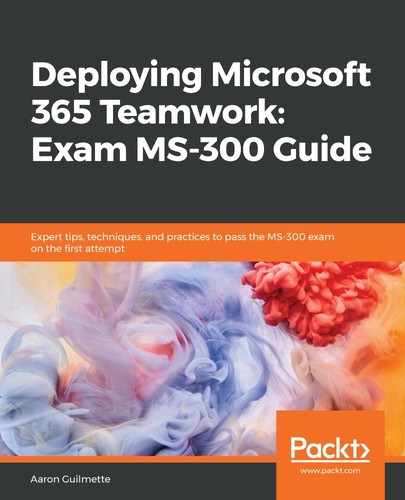Stream, like consumer video services, can organize content into categories called channels. Channels can be used to group content based on topic, audience, or other parameters that your organization identifies. Content can be published and made available for anyone in your organization to discover and view, or it can be restricted through the use of groups. When you create a channel, you have the option to create a companywide or group channel. The following table provides some of the core features of both companywide and group channels:
| Channel Type | Characteristics |
| Companywide |
|
| Group |
|
The following diagram shows how channels and groups can be used to organize and secure content in Microsoft Stream:

Stream shares a lot of architectural components and concepts with other modern Office 365 services—namely, the foundational object of Office 365 Groups. Stream can use Office 365 Groups as a security boundary to restrict access to content, as shown in the Private Content side of the preceding diagram.
